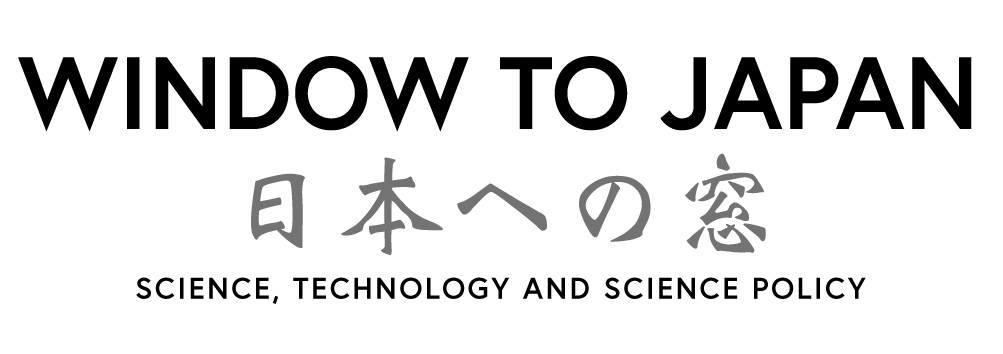https://bio.nikkeibp.co.jp/atcl/news/p1/23/04/04/10547/
A research group at Ajinomoto has established a mass production system for RNA pesticides using RNA interference and has confirmed growth-inhibitory activity against pests in a joint study with the National Institute for Basic Biology in Okazaki, Aichi Prefecture.
RNA interference (RNAi) is a phenomenon in which double-stranded RNA (dsRNA) acts specifically on RNA sequences and inhibits their translation into proteins. The RNA pesticide being developed by Ajinomoto is a new type of pesticide that uses dsRNA to induce RNAi and inhibit the growth of pests by blocking the production of proteins that are essential for pests. Compared to conventional low-molecular-weight compound-based pesticides, RNA pesticides act specifically on nucleotide sequences, and by selecting appropriate target sequences, it is possible to limit the pests they affect and avoid affecting beneficial insects such as honeybees, whose damage caused by pesticides has become a social problem. In addition, since the pesticides are moderately biodegradable, there is little concern about contamination of soil and water. The most notable feature of the pesticide is its ability to quickly respond to the emergence of pests that show resistance to RNA pesticides by changing the nucleotide sequence.
Pesticides need to be produced at a lower cost than pharmaceuticals. The company chose Corynebacterium glutamicum, which already has a proven track record in the production of glutamic acid and protein drugs, as its production system. Hashiro and his colleagues used a homologous recombination method to delete the RNase III gene (rnc), which encodes a dsRNA-specific degrading enzyme, and constructed a high-retention plasmid vector (approximately 800 copies per chromosome in the bacteria). Furthermore, a highly active RNA transcription system with a T7 promoter and T7 terminator was developed.
When the developed production strain was cultured in a culture tank, the production of dsRNA was confirmed to reach more than 1.0 g/L per medium. According to Chief Researcher Hashiro, according to past literature, the production of dsRNA (480 bp) by sulfidized culture using a culture tank is 182 mg/L, and the company’s 1.0 g/L represents a production efficiency that is an order of magnitude higher. Overseas, it has been reported that the amount of dsRNA required to eradicate Colorado borer, a well-known vegetable pest, is 1.0g per hectare. In other words, if Ajinomoto’s production system is adopted, it is calculated that only 1L of the culture solution needs to be sprayed per 1 ha.
The confirmation of the biological activity of the produced dsRNA was conducted in collaboration with Professor Teruyuki Niimi of the Division of Evolutionary Developmental Research at the National Institute for Basic Biology. Professor Niimi had established an experimental system in which dsRNA produced by an enzymatic method targeting the apoptosis-inhibiting protein Diap1 was administered to Heniochus viminalis (Henosepilachna vigintioctopunctata) and its growth was inhibited. The company produced dsRNA (diap1-dsRNA) corresponding to the partial region of the Diap1 gene (360 base pairs) using a corynebacterial strain developed by the company as a host, and after killing the bacteria with ethanol, administered it to the target Henella species, which confirmed its growth-inhibitory effect.

